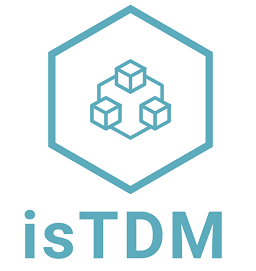Definition(s):
TD impact refers to the effect or influence (positive or negative) of the existing TD items in the software project ecosystem. The most observed positive impacts of TD refer to their advantages to the project management’s actions and software organizations’ business goals. In turn, the negative TD impacts are more associated with risks to the internal quality of software products, software organizations’ business goals, and project management’s actions. (Jeronimo Junior and Travassos, 2022)
Source(s):
- Tom, Edith, Aybuke Aurum, and Richard Vidgen. “A consolidated understanding of technical debt.” Proceedings of the 20th European Conference on Information Systems (ECIS’12), AIS Electronic Library, Barcelona, Spain (2012).
- Tom, Edith, AybüKe Aurum, and Richard Vidgen. “An exploration of technical debt.” J. Syst. Softw., 86.6 (2013), pp. 1498-1516.
- Behutiye, Woubshet Nema, et al. “Analyzing the concept of technical debt in the context of agile software development: A systematic literature review.” Information and Software Technology 82 (2017), pp. 139-158.
- Besker, Terese, Antonio Martini, and Jan Bosch. “Managing architectural technical debt: A unified model and systematic literature review.” J. Syst. Softw., 135 (2018), pp. 1-16.
- Dalla, L. O. F. B. “Systematic Mapping on a metaphorical issue of Technical Debt framework.” International Journal of Health and Pharmaceutical Research E-ISSN 2545-5737 P-ISSN 2695-2165, Vol 5. (3), (2020).
- Junior, Helvio Jeronimo, and Guilherme Horta Travassos. “Consolidating a Common Perspective on Technical Debt and its Management Through a Tertiary Study.” Information and Software Technology (2022): 106964.
